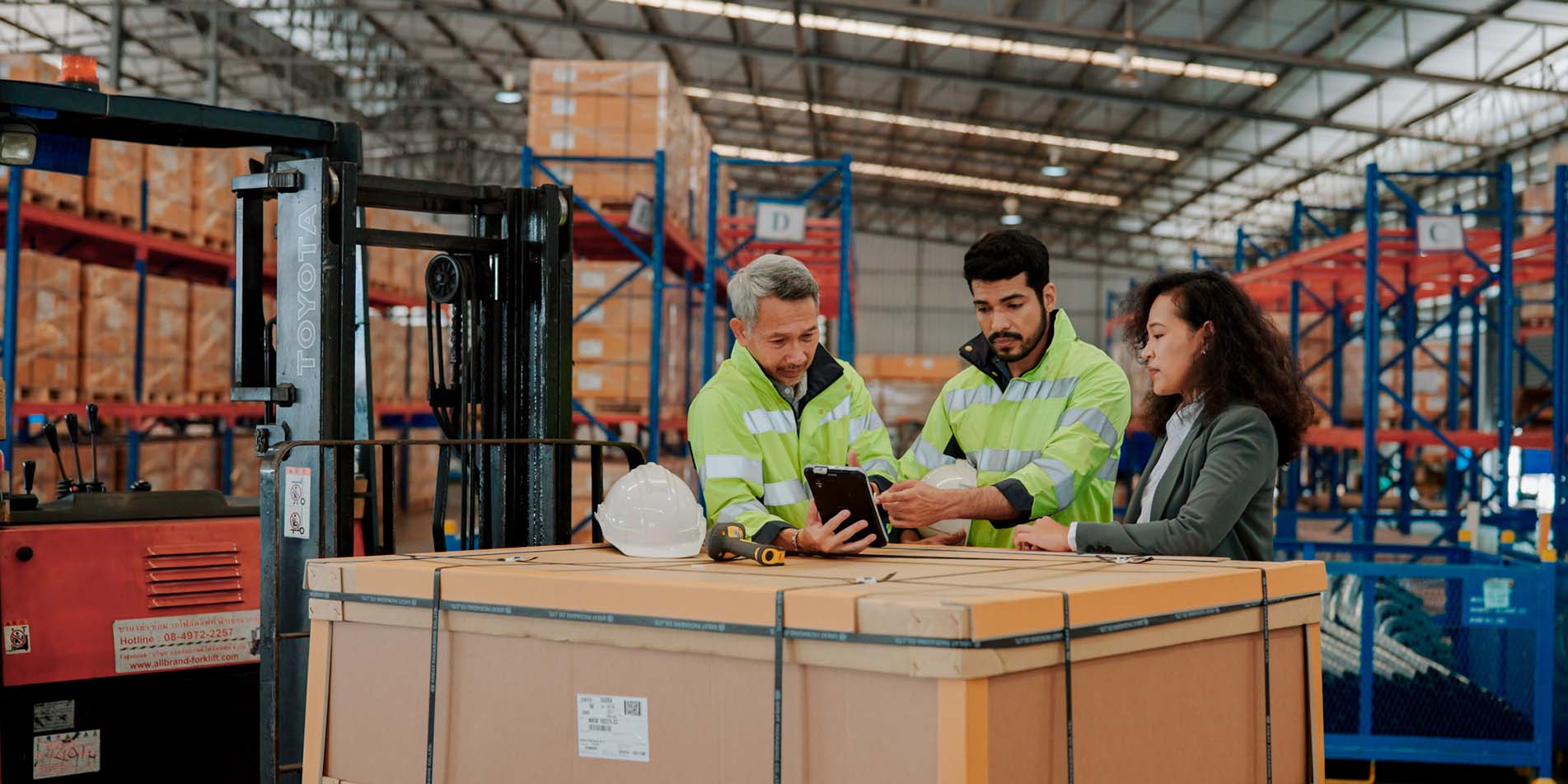Bushfire Preparedness for Australian Businesses
InsightsArticle18 September 2023
As Australia braces for what some predict will be one of the hottest summers on record, businesses in high-risk areas are being encouraged to act now to ensure they are adequately prepared for bushfire risk.
The catastrophic Black Summer fires of 2019-2020 burned across more than 240,000 square kilometres and resulted in the tragic loss of at least 34 human lives and the deaths of over 1 billion animals. The scale of these fires was so great that their smoke is believed to have altered the climate and contributed to the triple dip La Niña observed during the last few years. More recent wildfires elsewhere in the world tell us this was not a once-off event.
Understanding the Risk
- Bushfires can occur at any time of year, with the risk intensifying during each region's designated bushfire season.
- Bushfire seasons are becoming longer and the fires more severe.
- Coming out of an extended La Nina period, much of Australia now has higher-than-typical levels of vegetation which is expected to die-out during the upcoming dry period. This additional ground fuel is a significant concern.
- Embers, often carried by the wind from distant fires, are the primary drivers of bushfires. They can ignite multiple spot-fires and surround properties with little warning. Never assume a fire will start somewhere over the horizon and move predictably towards you. If you are especially unlucky, a bushfire may have its first ignition right in your backyard.
- Local terrain plays a significant role in bushfire behaviour. For every 10 degrees of slope, a bushfire will double its speed. Wind and weather patterns can also increase the rate of spread and local topography and other surface features can create eddies and wind currents which make a fire’s behaviour even more unpredictable.
- The CSIRO reports 2kW/m2 as the pain threshold for most people and that this level of radiant heat will cause second degree burns in about 40 seconds. Exposure to a 12.5kW/m2 will likely kill a person within minutes. Research indicates that radiant heat fluxes of 150 kW/m2 have been generated during high-intensity head fires.
- Many experts are claiming that previous lessons and advice, hard learned through historical bushfire events, may no longer be relevant to today. We are now seeing significantly more intense bushfires than ever before and that previously valid ‘stay and defend’ strategies may no longer be viable. The best advice is to leave and to leave early. Consider avoiding high risk areas on days of Catastrophic fire danger.
Infrastructure and Asset Protection
- Use non-combustible and fire-rated construction materials wherever possible.
- Consider retrofitting protective features to your buildings to make them more bushfire resilient. Cheaper options include applying fire-proof sealants around window frames and other areas where embers may become trapped, whereas more expensive solutions include appropriately-rated window shutters and water-based ember defence systems.
- Ensure you have a reliable and adequate water supply which can be easily accessed by the fire service during an emergency.
- Seek advice on the Bushfire Attack Level (BAL) Rating of your premises and incorporate this information when designing any future developments or improvements.
Before the Seasons Hits
- Have a Bushfire Preparedness and Evacuation Plan. Many local fire services offer free online resources to help you to help you with this.
- Check that fire water tanks are full and that pumps have been serviced and are operational.
- Clear the immediate perimeter of your premises of dead and dry vegetation, timber pallets, and other combustible materials. Do not store combustible materials in close proximity to buildings or other assets. Clean out roof gutters.
- Large trees and other low flammability plants can act as protective barriers against thermal radiation and ember attack when used appropriately but consider pruning the lower branches of trees to at least 2 metres to provide a vertical fire break and reduce the likelihood of crown fires.
- Establish clear communication channels for timely information, understanding that fires can appear suddenly. Many localities offer apps for your phone such as AlertSA and local radio stations will usually provide regular updates and emergency announcements.
- Engage with local fire authorities for specific regional risks and preventive measures.
- Regularly conduct bushfire drills and ensure all employees are familiar with the action plan.
- Be clear about when, and under what conditions, you will evacuate.
- Consider the possibility that you may not be able to evacuate safely and prepare a refuge location and bushfire survival kit for your premises.
Before Evacuating
- Ensure all employees are accounted for and are aware of evacuation routes.
- Isolate gas supplies if there is time and it is safe to do so.
- Take a moment and do what you can to confirm your proposed evacuation route and location is safe.
- Remember it can be far more dangerous to evacuate at the last second than to seek refuge in a nearby building.
Business Continuity Planning
- Develop a bushfire contingency and recovery plan detailing potential bushfire scenarios and their likely impacts on your operations.
- Identify critical business functions and backup plans wherever possible.
- Review and update insurance policies to ensure adequate coverage. Engage an insurance broker who is knowledgeable in this area.
Post-Fire Recovery
- Implement your recovery plan.
- Talk to your insurer.
- Offer support to affected employees and the broader community.
- Keep your eyes open for injured and otherwise affected wildlife and alert the relevant organisations in your area.
A Final Note
It is nearly impossible to comprehend the scale, confusion, and violence of a major bushfire. Lives have been lost while defending homes, during evacuations, and even when sheltering at designated refuges. As weather conditions continue to worsen, serious bushfire events are only going to become more common. Personal preparedness, effective land management practices, and emergency services resources are critical controls which all businesses in at-risk areas are encouraged to consider. For more information, please visit the following websites:
Country Fire Service South Australia:
https://www.cfs.sa.gov.au/plan-prepare/before-a-fire-be-prepared/make-a-plan/5-minute-bushfire-plan/
New South Wales Rural Fire Service:
https://www.rfs.nsw.gov.au/resources/bush-fire-survival-plan
Department of Fire and Emergency Services Western Australia:
https://www.dfes.wa.gov.au/firechat
Northern Territory Police, Fire & Emergency Services:
https://pfes.nt.gov.au/file/download/36012
Tasmania Fire Service:
https://www.fire.tas.gov.au/Show?pageId=colbushfirePrepareActSurvive
Country Fire Authority Victoria:
https://www.cfa.vic.gov.au/plan-prepare/before-and-during-a-fire/your-bushfire-plan
ACT Emergency Services Agency:
https://esa.act.gov.au/cbr-be-emergency-ready/bushfires/bushfire-ready



